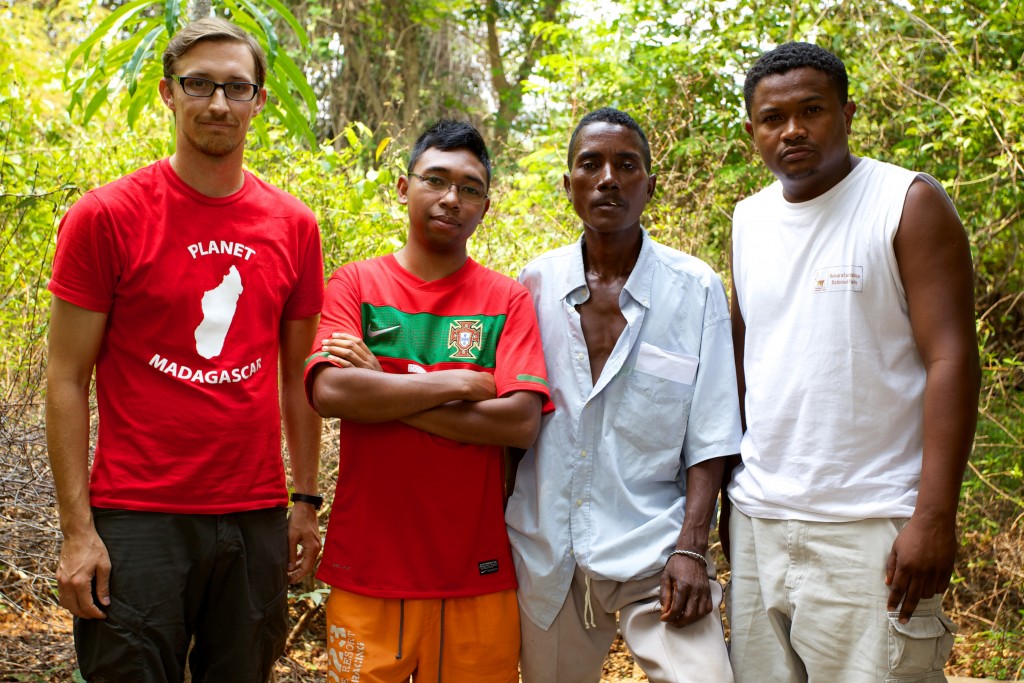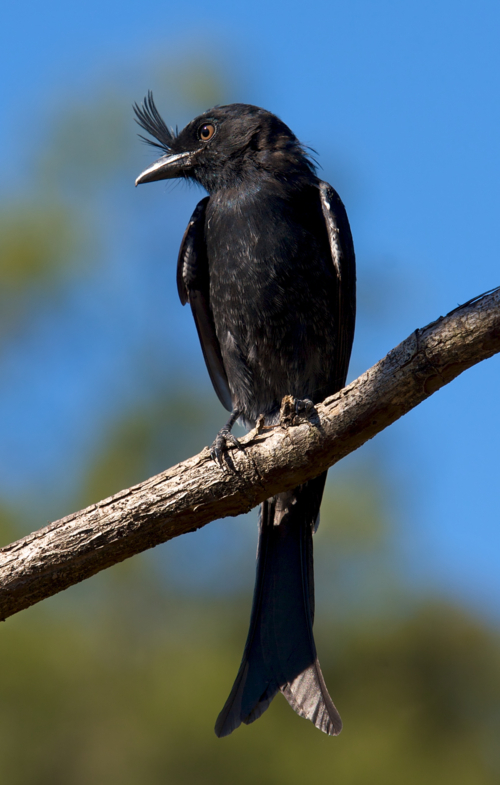For the Zoboomafoo blog series’ final post, Carmen got the opportunity to interview Travis Steffens, who founded and operates Planet Madagascar alongside an already busy schedule of conservation, research, and adventure tours. Here’s his website (make sure to check out his photographs!).
What led you to become interested in primatology and Madagascar?

Since I was 8 years old I wanted to be a monkey. When it became apparent that that was impossible, I decided to study monkeys. Fortunately, I grew up in Calgary where the University of Calgary had a world class Primatology program where you could actually get an undergraduate degree in Primatology. I did my undergraduate and Master’s degree in Primatology there.
Later I became increasingly interested in conservation of primates as I saw firsthand how close primates were to extinction. This led to an interest in forest fragmentation research and eventually lemurs. Their habitat is the most fragmented of any primates which is why I chose to do my PhD studying lemur biogeography in a fragmented landscape.
What was the first thing you noticed on your first trip to Madagascar?
What impacted you most on that first trip or since then?
The first thing I noticed was how few trees existed in the central plateau of Madagascar. Nowhere else have I seen so few trees, with two exceptions – Namibia and the Arctic. The second thing I noticed was how easy it was to find lemurs. The first lemur I ever saw was in the fading light as we arriving at dusk into the parking lot of Ampijoroa in Ankarafantsika National Park.
Since then, what has surprised me is now how much harder it is to find the species I once found so easily. Since the Coup in 2009 there are fewer lemurs in the park and they are much harder to find than the once were.
Tell me about your research, both past and present.
What has been your favorite project? What is the most surprising thing you’ve found so far?

I have worked on numerous projects on primates since 2002. I have done studies on howler monkey behavioural ecology, population density, and biogeography and studies on edge effects on lemur ecology and biogeography of lemurs in a fragmented landscape. My favourite project has been my work on biogeography of lemur species in a fragmented landscape.
The most interesting thing I have found so far is how in spite of the complete devastation of forest with fragments ranging in size from a minuscule 0.23 ha to approximately 118 ha I found lemur species in nearly every fragment.
Although the outlook doesn’t appear to be positive for the species remaining in the fragments, the fact that they are still there speaks volumes about the resilience of lemurs and the potential for conserving these species.
What is the threat level to lemurs in the Ankarafantsika National Park?
There are two main threats in Ankarafantsika: fire and hunting. Ankarafantsika consists of a lot of tropical dry deciduous forest. This dry forest is extremely sensitive to fire. I watched a category 4 cyclone barely impact the forest, yet I have seen small fires rip through trees and leave lasting scars. Although hunting is “fady” (taboo) in much of the park many new park residents don’t observe the fady and hunting of lemurs is a sad reality.
Watch this trailer for the film that Travis and Planet Madagascar are working on:
On a scale of 1-10, how threatened are the coquerel’s sifakas?
Approximately how many live in Ankarafantsika, and what are their primary threats?

Coquerel’s sifaka’s are listed as Endanagered on the IUCN Redlist. Therefore, I would say they are 8/10. We don’t know how many live in the park. In the tourist site–a highly protected area–there are about 60-75 ind[ividuals] per square km. Outside of the site densities have been estimated from as low as 5 ind/km squared to 93 individuals/km squared. A 2013 study found that the population size may be 47,000 individuals in the Ankarafantsika National Park ( KUN‐RODRIGUES et al). Primary threats are again fire and hunting.
How are coquerel’s sifakas different from other types of lemurs?
Coquerel’s sifaka’s are large-bodied, diurnal lemurs. They are the largest lemur in Ankarafantsika National Park. They are only found in the NW part of Madagascar, and nowhere else. Like other sifakas, they are specially adapted to bounce from tree to tree with their powerful hind legs. When they move on the ground between gaps they hop in a forwards motion, kind of like a kangaroo. This is different from other sifakas, who, when they move on the ground, move in a kind of sideways shuffle.
What are some other remarkable species that live in Ankarafantsika?

There are a few incredible bird species in Ankarafantsika and many birders venture there each year looking for them. They include the Schlegl’s Asity a tiny bird with a flower like coruncle on the side of its face that is very bright in the breeding season; the Madagascar fish eagle, a majestic bird that can be observed hunting fish along Lac Ravelobe; Van Dam’s vanga – a shrike like bird with a fantastic call that is found in a few places within the park.
However, there are all sorts of other amazing species in the park including rere, a highly endangered fresh water turtle that Durrell Wildlife Trust is working hard to protect, a sub-species of baobab in which only three stems exist in the world.
Where is your favorite place in Madagascar?
This is tough question. I recently led an expedition in the Tsingy de Bemaraha National Park with Adventure Science, the Explorers Club, and Kensington Tours where we found numerous lemur species and discovered new caves, human artefacts, and dinosaur footprints. The otherworldly nature of this place blew my mind.
However, I have a soft spot for Ankarafantsika and there is a beautiful valley approximately 8km from the park office where two small hamlets containing less than 100 people have found a piece of paradise within the park. There are gorgeous rice fields, palms, farms, mud huts, and lemurs leaping through forests protected by the residents of the two communities.
